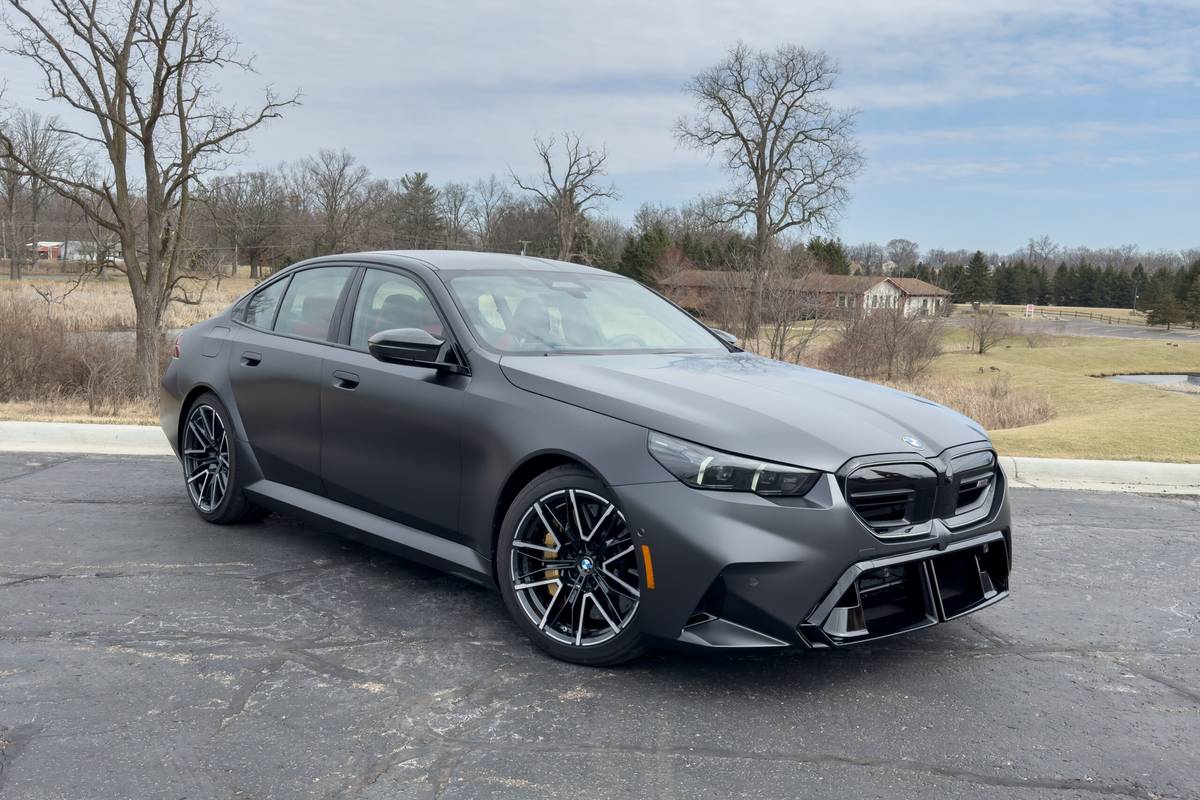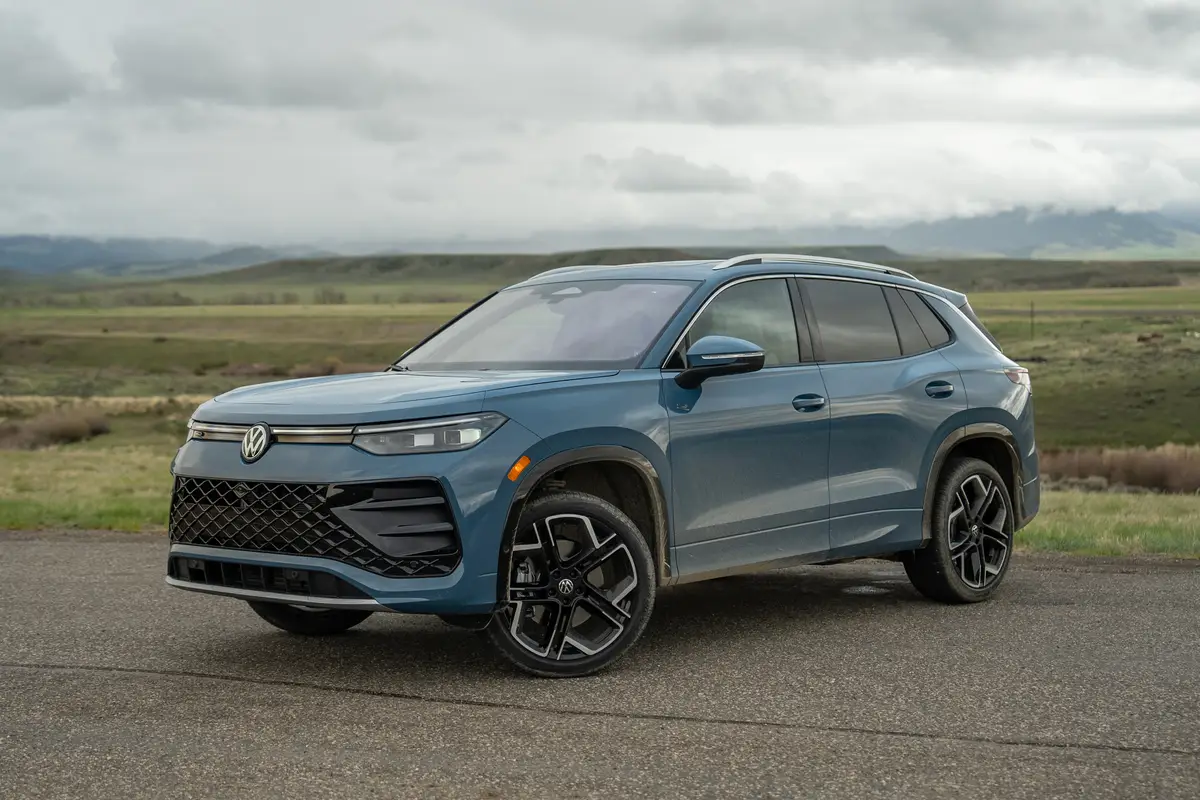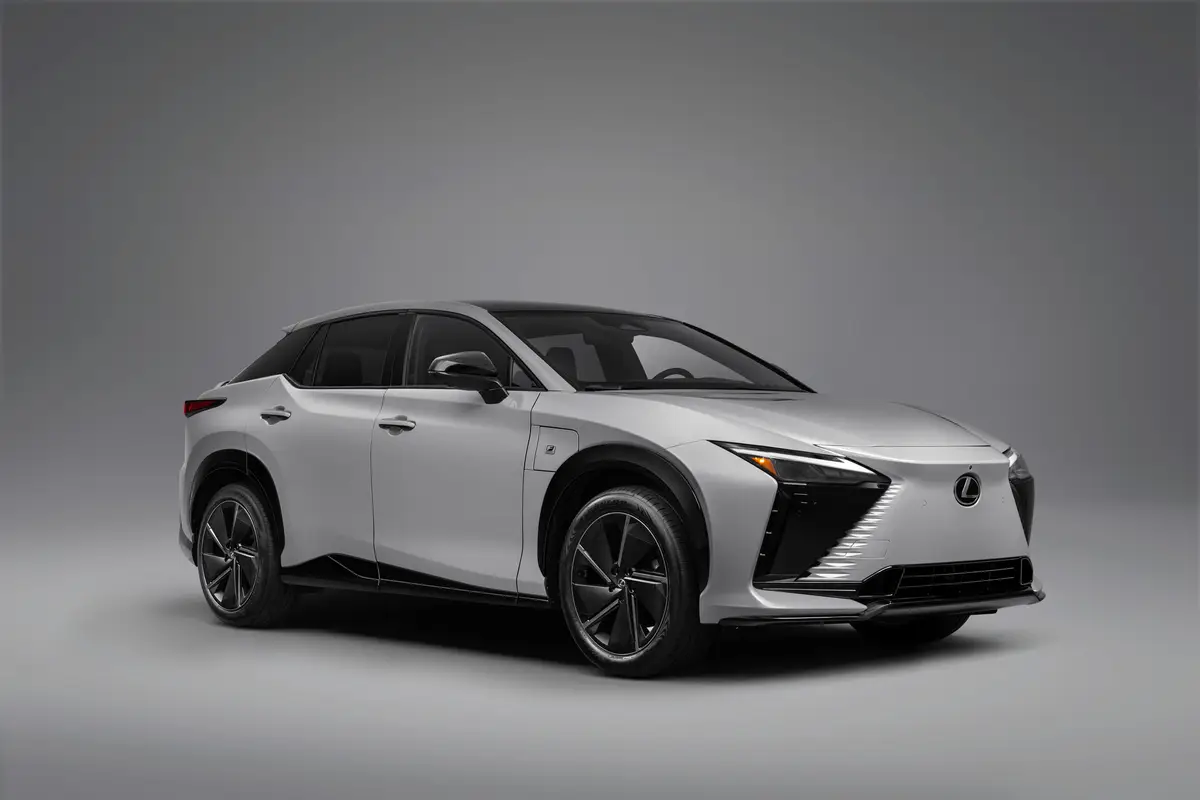AZCentral.com's view
Having just celebrated the 50th anniversary of its first strange little car, Saab faces an uncertain future as a niche marketer whose niche seems to be fading away.
Saab’s market share is miniscule (and down from last year), and buyers of European iron are turning to the many comparable offerings from other, better-established automakers. Even Saab’s enjoyable “‘Find your own road” ad campaign doesn’t seem to have clicked.
This is despite Saab’s long tradition of pioneering design features (front-wheel drive, turbocharging, crashworthiness) and quirky styling that has won the Swedish automaker accolades from the slide-rule crowd, the motoring press and a small but loyal following of individualistic owners.
Saab, now owned by General Motors, has, indeed, chosen its own road. This is most apparent in the long-standing, unique location for all 900-series ignition switches, between the front seats instead of on the steering column. Or in aerodynamic body shapes that appear either strikingly modern or just plug-ugly, depending on the eye of the beholder.
Which brings up a truth: You either love Saabs or you mock them. Unfortunately for Saab, the former, of which I am a member, is considerably outnumbered by the latter.
Because of my admitted bias, I dearly wanted to love the Saab 900 Turbo convertible that I drove recently. Oh, I liked it, all right, mostly because of its looks, handling and luxury features.
But there were just a few too many problems and compromises with this upscale ragtop for me to love it.
Its most serious flaw was that, in spite of a powerful turbocharged engine, the Saab was an absolute dog off the line. This can be blamed partially on the automatic transmission fitted to our test car, which would be better suited for a stick shift.
However, once it gathered up its skirts, spooled up its turbo and got under way, the Saab was fast and fun, the engine torque making it feel much bigger than its 2 liters. But that initial sluggishness is a trait unacceptable for a sporty craft in this price range.
Saab’s sophisticated driveability has always been its best feature, and the convertible is no exception. The ride is silky smooth, more like a luxury car than a sporty convertible, yet the Saab is taut and predictable in fast corners or winding roads.
The power rack-and-pinion steering may be a bit stiff for some, but to me, it felt solid and direct.
As a convertible, the 900 is a fine cruiser, mixing wonderful wind-in-the-hair sensations with feelings of security and refinement.
I do love the comfort of the Saab interior, with its thronelike bucket seats and ergonomically designed switches and controls, all part of Saab’s aircraft lineage. The ignition-switch-on-the-floor thing actually does make sense: When you start the car, your hand is right in position to release the hand brake and shift into gear.
One ugly problem in this beautiful Saab is the absurdly small trunk, much of its p otential eaten up by the room needed for the convertible top.
Although the dashboard is accommodating and thoughtfully designed, I found the space-age material used on its surface to be weird to the eye and fingertip.
Gas mileage is none too impressive, either, for a small car.
Then there’s the price tag, which gustily surpasses the $40,000 mark — scary territory, to be sure. This matches the cost of Saab’s upper-end sedan, the 9000.
That’s also a heavy premium for the ragtop, because Saab 900 sedans start at about $25,000.
Part of the convertible’s toll is due undoubtedly to the trick top; its automatic folding action is wild enough to draw an appreciative crowd. It’s one of those single-button deals similar to the Mercedes-Benz SL sports car’s, in which a hatch opens automatically to swallow the top as it folds into place and then snaps shut securely.
This fall, Saab adds a third model, the 9-5 (say “nine, five”). It’s the most mainstream Saab e ver made, whi ch the Trollhattan, Sweden, company hopes will draw a new contingent of buyers.
Still, there is mighty competition in this segment, from the likes of Volvo, Benz, BMW, Infiniti and Lexus, among others.
So Saab marketers have a hard road ahead, even if they did find it for themselves.
1998 Saab 900
Vehicle type: Four-passenger, two-door convertible, front-wheel-drive. Base price: $41,470. Price as tested: $43,005. Engine: 2-liter in-line turbocharged four-cylinder, 185 horsepower at 5,750 rpm, 170 pound-feet of torque at 2,000 rpm. Transmission: Four-speed automatic. Curb weight: 3,140 pounds. Length: 182.6 inches. Wheelbase: 102.4 inches. Safety features: Dual air bags, anti-lock brakes. EPA fuel economy: 18 mpg city, 26 mpg highway. Highs: Fine driveability. Nice styling. Interior comfort. Lows: Sluggish from standing start. Tiny trunk. High price.
Latest news

2025 BMW M5 Review: Tech. Heavy.


